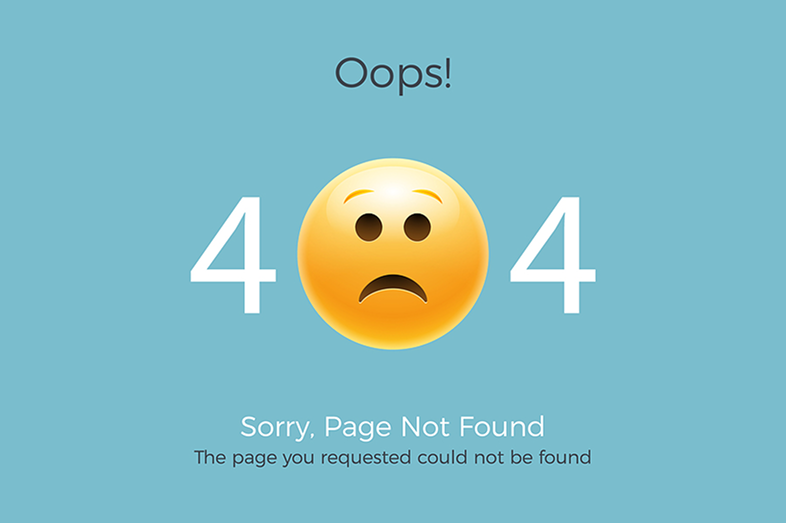Update: Oct. 16, 2025
As the dismantling of federal agencies continues at a rapid pace, The Journalist’s Resource at Harvard University’s Shorenstein Center curated additional tips and insights for tracking the impact on data resources. Read senior editor Naseem S. Miller’s take here.
If there’s any good news amid the troubling headlines about scrubbed and dismantled federal databases, experts in protecting public information are taking aggressive steps to mitigate the losses. There are also plenty of ways for people – including education journalists – to help.
Critics of the recent data takedowns warn that altering federal databases and data will hinder public knowledge, transparency and scientific integrity. The Trump administration, on the other hand, has justified these moves as efforts to streamline government functions or to remove what they saw as unnecessary or politically motivated information.
A recent press release from the federal Education Department, which Trump has vowed to dismantle, announced the cancellation of $350 million in “Woke Spending.” The bulk of that funding, $336 million, was for Regional Educational Laboratories, “the purpose of which are supposed to support applied research, development, and technical assistance activities,” but Trump administration officials claimed the work ventured too far into promoting programs aligned with Diversity, Equity and Inclusion (DEI) efforts – a target of the administration.
Another $900 million in federal contracts for the Institute of Education Sciences (IES) have been axed, essentially “decimating” the agency’s ability to collect and analyze data, including congressionally mandated reporting. Some online tools – such as the College Scorecard, which was overhauled by Trump’s first-term Education Secretary Betsy DeVos – have not been affected.
The Trump administration said the National Assessment for Educational Progress (NAEP) was remaining intact, but has since canceled a NAEP test that’s part of a long-term study of student achievement for 17-year-olds. Meanwhile, some of the research tools that feed into the selection of representative samplings of American students who take the assessments are reportedly at risk. Much of this research shows how schools and students are performing; it’s used to inform improvements to instruction and shine a light on achievement gaps that need addressing.
Data experts discussed strategies for tracking changes to website pages, preserving datasets, and monitoring future changes during a recent webinar hosted by MuckRock, a nonprofit that assists with filing governmental records requests. Here’s a list of participating organizations, with links to their volunteer opportunities and more resources on safeguarding data. Below, I’ve shared some of the webinar’s highlights, and I also added tips specifically for education journalists navigating the complicated landscape for online data and resources.
3 Takeaways From the Experts
“If you see something, save something.” – Mark Graham, director of The Wayback Machine at the Internet Archive. The Wayback Machine is an essential tool for comparing changes to website pages. You can add URLs you want tracked, such as school district home pages that show mission statements, a college’s DEI Office staff listings, and anything else that catches your attention. Don’t worry about the organization or webpage being too niche or unimportant. There’s a good chance someone else might also want to see it later. Sign up for email alerts when specific web pages change.
Stay calm and carry on (downloading). The Data Rescue Project has already begun stockpiling frequently used federal data, including some from the education realm. You can see the organization’s ongoing list here. If you’re keeping tabs on developments as well, don’t panic if a website or dataset disappears in the short term. The site’s owners may be doing routine maintenance or checking their materials for compliance with new directives (either federal, state or from a private board).
However, some vital federal resources that referenced sexual orientation and gender identity, such as the CDC’s Youth Risk Behavior Survey, are targets of the Trump administration. If you’re saving a dataset for your use or your newsroom, make sure to keep a precise log of where you found it; take a screenshot of the way the screen looked at the moment you downloaded the materials; send it to the Internet Archive, and get any documentation that comes with the data. Without taking those steps, the data loses its value.
Make some new allies. You might already be a fan of MuckRock’s FOIA tool or a regular visitor to the Wayback Machine. Big Local News, based at Stanford University, is also trying to fill data gaps. Take a look at its recent newsroom collaborations and datasets, including school enrollment nationally since the COVID-19 pandemic. While coordinating BLN’s newsroom collaborations, prominent data journalist Sarah Cohen said the organization is looking for new affiliates and partners. The Library Innovation Lab and the Data Rescue Project are also excellent resources.
In addition to the MuckRock webinar participants, The Hechinger Report has a roundup of what’s on the line for the Department of Education (including the immediate impact of deep cuts at IES) as does New America. As for the fallout for colleges and universities, The Chronicle of Higher Education also has a collection of strong coverage, as does Inside Higher Ed.
The Education Writers Association will continue to share additional resources as they become available. We’ll also discuss these developments and how to address them during upcoming EWA programming, both online and in person, including at our 78th National Seminar, May 28-31 in St. Louis.


